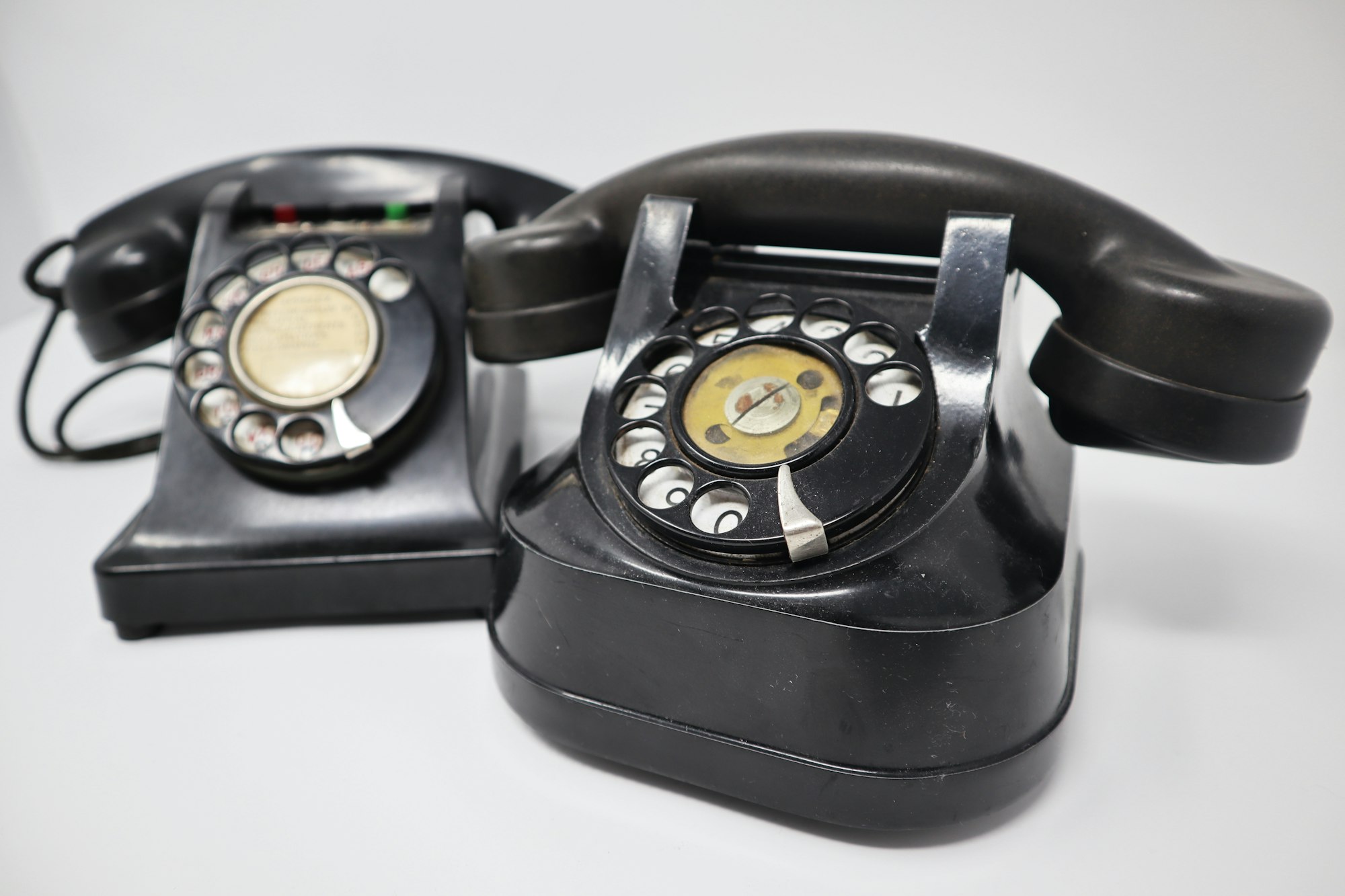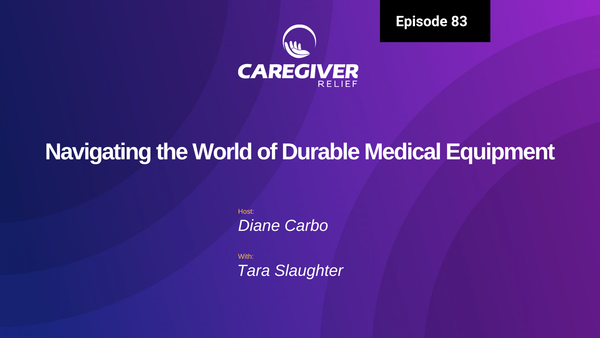Fall Prevention: How to Transfer a Person Safely
Learn how to properly transfer your loved one to prevent falls and injuries. Tips include observing for falls, using assistive devices, and practicing good body mechanics. Remember to never hesitate to call for help and take care of yourself as a caregiver.
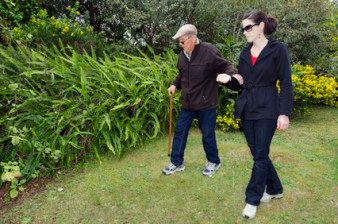
Fall prevention includes learning to properly transfer your family member.
Transferring, as one of the ADLs (activities of daily living) is:
- The act of getting up.
- Or moving from one place of sitting to another.
- Or from lying to a sitting position.
Common points of transfer are from the bed to a wheelchair. Or wheelchair to bed. Moving from chair to toilet. Or toilet to chair. Moving from the floor to a chair (after a person falls), and from one chair to another.
Questions To Ask About Fall Prevention
Independence with transferring becomes more difficult as a person decline. Your family member loses muscular coordination. The body slows and becomes weaker. They become increasingly unstable. They become more likely to lose their balance and fall. Your family member will need personal help. Particularly in the middle and late stages of dementia.
Fall Prevention: Tips and body mechanics
These tips are good to remember. They will assist you to make the most of transferring with the least amount of worry and physical stress:
- Observe for falls. The likelihood for falls and need for help with transferring. This increases in later dementia stages
- Be gentle during transferring. The skin of elderly people is often quite fragile and tears easily
- Use a gait belt or other assistive device as needed
- A Hoyer lift can be used to help transfer a large person... or those fully bedbound (commonly used in long-term care settings)
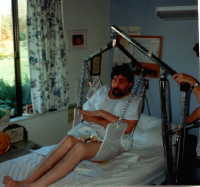
More on fall prevention and safe transfers
Here's what you need to know about safe transfers:
Imagine this: you're moving someone from one place to another, and it's essential to do it the right way. Whether they're partially independent or completely dependent, a transfer is crucial for their well-being. Not only does it allow them to do rehabilitation exercises and relieve pressure on the skin, but it also reduces the risk of bedsores and blood clots. To keep both the person and yourself safe, let's explore some safe transfer techniques!
Safety Precautions:
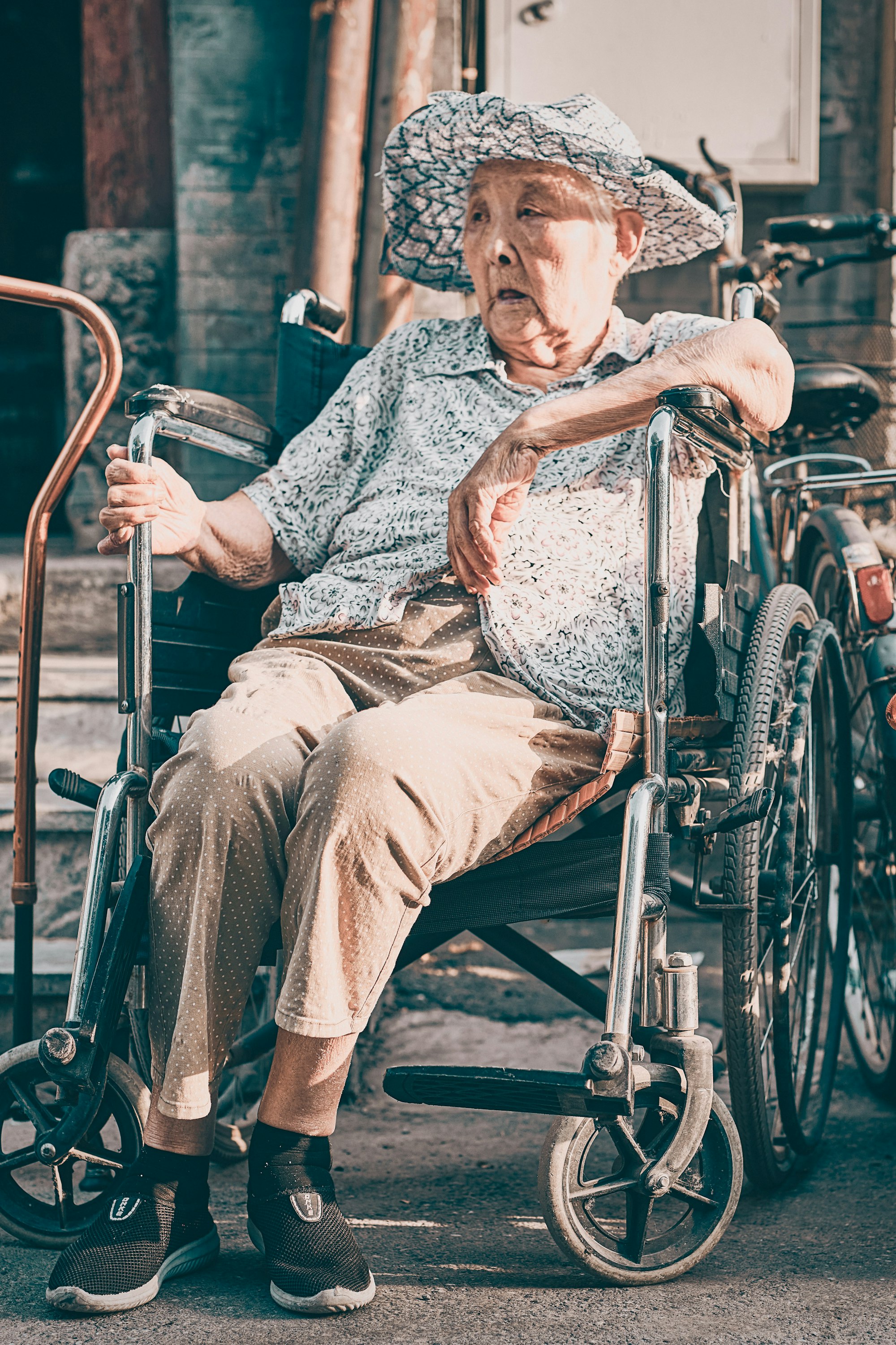
First things first, let's focus on using correct form. When performing a transfer, protect your lower back by maintaining a straight line with a straight back and bent knees. Keep your head and chest up, allowing your feet to be a little wider than shoulder width. Remember to align the person's head, torso, and legs during the transfer. Stand close to them before initiating any movement.
Next, let's consider how to move the person safely. Remember, lift with your legs, not your back. Before transferring, ensure the person's arms are crossed over their chest to prevent trapping and potential injury. Avoid letting the person wrap their arms around your neck or back, as this can strain your back or neck. Similarly, avoid pulling them by their arms.
Don't hesitate to ask for help if needed. Encourage the person to assist you as much as possible to avoid bearing excessive weight. If able, have them scoot to the edge of the bed. If necessary, request assistance from others, coordinating your efforts by counting out loud to 3 during the transfer process.
Another vital aspect is maintaining smooth movements without sudden changes in position. Quick or forceful movements can lead to falls, injuries, or unnecessary pain. Moreover, be mindful of the person's skin, ensuring that no tearing occurs due to rapid movements.
Lastly, consider using suitable devices to ensure a safe transfer. Equipment such as slide boards, slide sheets, hoists, and transfer belts can provide invaluable assistance. Additionally, installing grab bars along walkways can enhance safety by preventing falls. These bars also aid the person in standing and sitting more comfortably. Consult the person's healthcare provider for recommendations on the appropriate devices or equipment for their specific needs.
Remember, safety should always be a priority when performing transfers. By following these guidelines, you can ensure both the person's well-being and your own.
Transfers for a Wheelchair
Injury Prevention Use Assistive Devices to protect your back
Good body mechanics can cut the risk of injury to yourself or your family member:
- Hold your family member close to you. This is to keep the center of gravity close, lowering the strain on your lower back
- Keep your feet at least shoulder width apart. A wide base of support is far more stable than a stance that keeps your feet close together
- Use your stronger muscle groups to lift (legs, arms, and shoulders)
- It is not possible to keep perfectly straight, when squatting or stooping. Be conscious of your body position. Keep your back as straight as you can, using your stronger thigh muscles (quadriceps) to raise up
- When arising from a stooped or squatting position... first take a few deep breaths, leaning your head forward (helps keep you from getting dizzy)
- Do not underestimate the effort needed to transfer
- Make eye contact with your family member. Tell your family member what you plan to do. And how they may be able to help. Speak slowly, using one word commands.
- Don’t rush the transfer and allow your family member to help, if practical (helps prevent injury)
- Get help from others as needed
Transferring can be one of the most physically challenging of all the activities of daily living. This is true for both you and the family member with dementia.
The most important thing to remember about successful transferring bears repeating. Go slow and carefully.
Body Mechanics
Decreased Muscle Strength increases risk of falls
Back injury is the most common caregiver injury. This is due to tugging, pulling, lifting, and other types of physical exertion.
Before transferring the person, here are a few important things to do:
Check for pain or other issues: Transfers can sometimes cause or worsen pain. Therefore, it's essential to assess if the person needs pain medication prior to the transfer. Additionally, check the person's skin for sores, redness, or any other problems that may require protection.
Ensure comfort with extra pillows: Grab some extra pillows to provide comfort and support. These pillows can be placed behind the person and between their knees.
Create a safe environment: Take a quick glance around the room and remove any potential tripping hazards. It's also advisable to wear shoes with nonslip soles and ensure that the person has shoes or nonslip-soled socks to prevent slipping.
Secure the equipment: Before moving the person, make sure all equipment is properly secured to prevent any movement or damage. Lock the wheels of a wheelchair or walker and ensure that chairs or other objects remain stable once the person is placed there. Also, check the attachments of any medical equipment and ensure they won't come loose during the transfer.
After successfully transferring the person, remember to prioritize their comfort:
Adjust the person's position: Ensure that the person is placed in a comfortable position that doesn't restrict circulation. You may need to add or adjust pillows, and if you used a slide sheet during the transfer in bed, you can use it to further position the person.
Seek assistance for repositioning if needed: If necessary, ask someone to stand on the opposite side of the person's bed to assist with repositioning. Both of you can hold the slide sheet at the person's shoulder and knee levels and adjust it as needed.
By following these guidelines, you can ensure a safe and comfortable transfer experience.Be concerned when your family member has increasing falls increasing confusion. Or is becoming physically weaker. Using proper body mechanics techniques will help save your back . And your family member from injury.
How to Help Someone Up After a Fall
I have many primary caregivers work very hard to keep their family members at home. When falls start to occur, there are times when you may be alone and need help.
Never hesitate to call for help.
There are many first responders that are used to these types of calls.
Remember, if you hurt your back, you will not be able to continue to provide care at home. Get help and take care of yourself as well.
Discover How to Safely Lift Your Loved One (or Yourself) After a Fall
Falls are a common and often frightening occurrence for seniors, leaving family caregivers unsure of how to assist them. Don't worry, we've got you covered!
When an Elderly Person Falls, Who Should You Call?
Calling for help is crucial, especially if the senior is injured. But how do you decide who to reach out to? It's always safest to dial 911 for emergency assistance. Even if medical attention isn't necessary, first responders can lend a helping hand, ensuring your loved one is off the floor safely and guiding you on whether further evaluation at the hospital is needed.
Avoid Self-Injury and Ensure Safety for Your Loved One
In the midst of panic, caregivers often forget to consider their own well-being. Hurting yourself while attempting to lift a senior can have serious consequences, hindering your ability to fulfill caregiving responsibilities. Additionally, hasty actions may put your loved one in harm's way. When in doubt, don't hesitate to contact your local non-emergency police or fire department for a "lift assist" from EMTs or firefighters.
Follow These Guidelines for a Safe Lift
To assist your loved one without causing harm (to them or yourself), here are some general guidelines to keep in mind. Remember, it's important to apply these strategies only when you're certain no injuries have occurred, as excessive movements can further worsen the situation.
Engage in a Safe and Compassionate Approach after a Fall
What to Do if an Elderly Person Falls Down:
Stay calm and help your loved one to stay calm by encouraging them to take slow, deep breaths.
Take a close look at them to check for any injuries like bruises, bleeding, possible sprains, or broken bones.
Show genuine concern by asking them about any pain they might be experiencing, including the location and severity.
If a serious injury is detected, such as a broken bone or bleeding, avoid moving them. Call 911 immediately and do your best to keep them warm and comfortable until help arrives.
If they are not badly hurt and express a desire to get up, assist them cautiously. Pause if they are stuck, in pain, or become too tired to proceed.
Fetch two sturdy chairs to support the process. Position one near their head and the other by their feet. Remember, your role is to guide, not lift their weight. If they are unable to perform the physical work, call for assistance.
Help your loved one roll over onto their side and aid them in getting onto their hands and knees. If they have sore knees, provide a towel to make it more comfortable.
Place the chair closest to their head directly in front of them, allowing them to rise up and put their hands evenly on the seat, assuming a kneeling position.
Use the second chair, positioning it right behind them. Instruct them to use both their arms and legs to push themselves up and sit back into the chair, while you offer support. Remember to keep your back upright and encourage them to do the physical effort.
Keep them seated until you are confident in their ability to stand and move around without risking further injury or falls.
Immediately notify their doctor about the fall and keep a close eye on any developing pain or signs of injury.
How to Bounce Back After a Fall
Even the most capable caregivers can take a tumble. Remember these steps to be ready in case you hit the ground.
Take a deep breath and stay calm.
Check yourself for any injuries.
If you're hurt or unable to get up, try to get someone's attention. While you wait for help, keep warm and stay calm.
If you're confident you haven't suffered a serious injury, look for a sturdy piece of furniture nearby (a trusty chair will do!).
Gently roll onto your side and gradually get onto your hands and knees.
Crawl or drag yourself over to the furniture.
Get into a kneeling position and place your hands on a secure part of the furniture (like the seat of a chair).
Choose your strongest leg and move that knee forward, placing your foot flat on the floor. You should end up in a kneeling lunge with your hands still on the furniture for support.
Use your arms and legs together to push yourself up and pivot until you're comfortably seated on the furniture.
Stay seated until you're confident you can move around without risk of harm or another fall.
Once you're up, let your doctor know about your fall and watch out for any new pains or signs of injury.
Don't Keep Falls a Secret!
Did you know that one in every four adults aged 65 and older experiences a fall each year? Shockingly, the Centers for Disease Control and Prevention (CDC) reports that less than half of these individuals actually inform their physician about it. Sadly, many seniors find falls embarrassing, fearing that they signal their decline and increasing dependence on others.
While it's natural to downplay these incidents, doing so can actually limit an older adult's independence in the long run by depriving them of proper support and guidance on fall prevention. Research even shows that falling once doubles a senior's chances of falling again, indicating an underlying problem that deserves medical attention.
Ignoring frequent falls not only increases the risk of fall-related injuries like broken hips or head injuries, but also forces seniors to restrict their daily activities out of fear.
By raising awareness about this issue, we empower family members to improve home safety measures and enable doctors to collaborate with their patients in finding solutions. This is particularly important when the frequency of falls is on the rise. Simple steps like decluttering, installing grab bars, using mobility aids, adjusting prescription medications, engaging in physical therapy or occupational therapy, and investing in a medical alert system can truly make a difference.
Whether you or an aging loved one experience a fall, it's crucial to inform a doctor about the incident. They can ensure that no injuries have occurred and provide valuable guidance on preventing future falls. Let's prioritize fall prevention and keep our loved ones safe and independent for as long as possible.
More on Fall Prevention and Fall Recovery
Revolutionizing Elderly Independence: IndeeLift's Role in Preventing Injury and Empowering Seniors
Do Bed and Chair Alarms Prevent Falls?
How to Prevent Falls in Elderly?
Fall Prevention for Seniors in a Smartphone?
A Matter of Balance Fall Prevention Program?
Fall Prevention: How to Transfer a Person Safely
How to Prevent Falls in the Kitchen?
You might also like this article:
